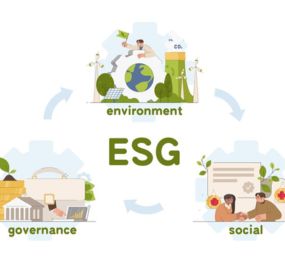The pressing issue of climate change has reached a critical juncture, demanding a multi-faceted approach that combines mitigation and adaptation strategies. As the world grapples with the consequences of a changing climate, it is essential to understand the difference between these two key approaches and their significance in addressing the global crisis.
Mitigation strategies focus on curbing the root causes of climate change. This involves reducing greenhouse gas emissions, transitioning to renewable energy sources, and implementing sustainable land-use practices. Governments, industries, and individuals all play a role in mitigating climate change by minimizing their carbon footprint. Mitigation not only helps slow down the pace of global warming but also has the potential to create new green jobs and stimulate innovation in clean energy technologies.
Adaptation strategies, on the other hand, center on preparing for and responding to the impacts of climate change that are already underway or are inevitable. These strategies include building resilient infrastructure, protecting vulnerable communities, and adapting agricultural practices to changing weather patterns. Adaptation acknowledges that climate change is already a reality and aims to reduce its adverse effects while ensuring communities can bounce back from climate-related disruptions.
Both mitigation and adaptation are essential components of a comprehensive climate action plan. While mitigation addresses the underlying causes of climate change, adaptation helps us navigate the challenges posed by the changes that are already occurring. A balanced approach that combines these strategies is crucial for safeguarding our planet and securing a sustainable future for generations to come.
To register or learn more about the Forum please check here: https://www.leadventgrp.com/events/world-esg-and-climate-summit/details
For more information and group participation, contact us: [email protected]
















